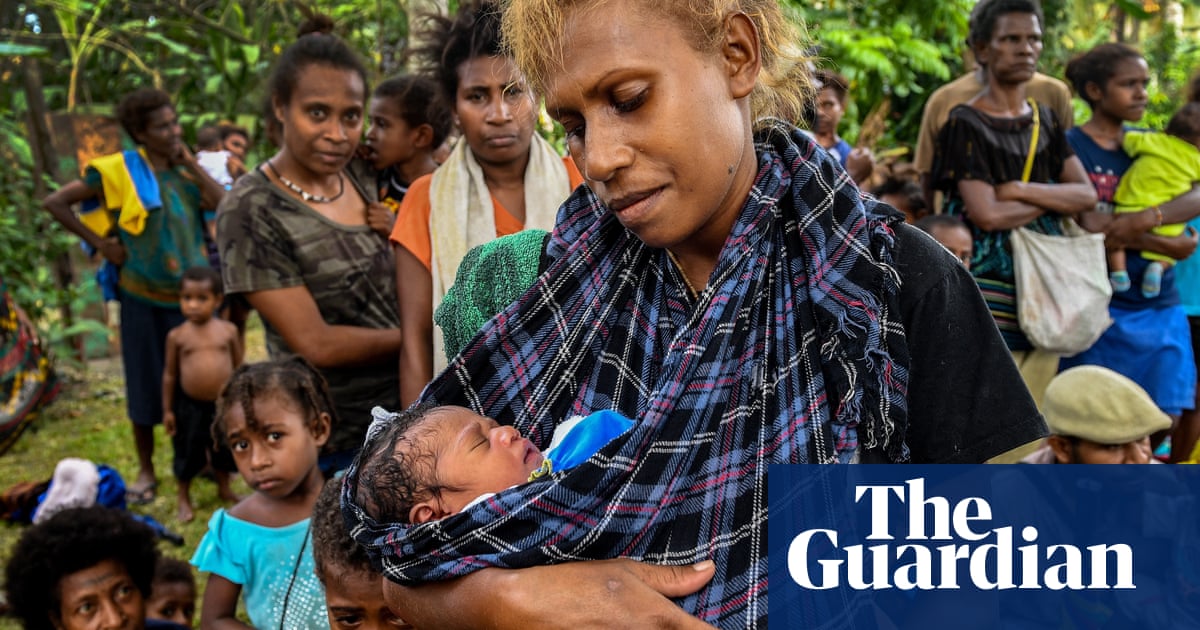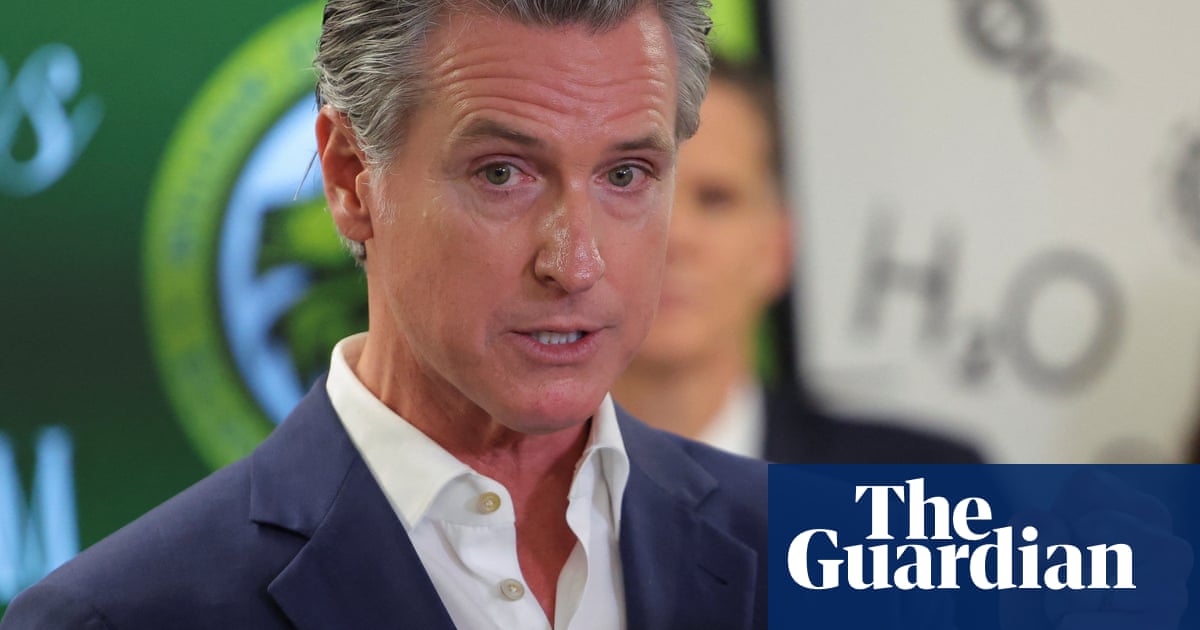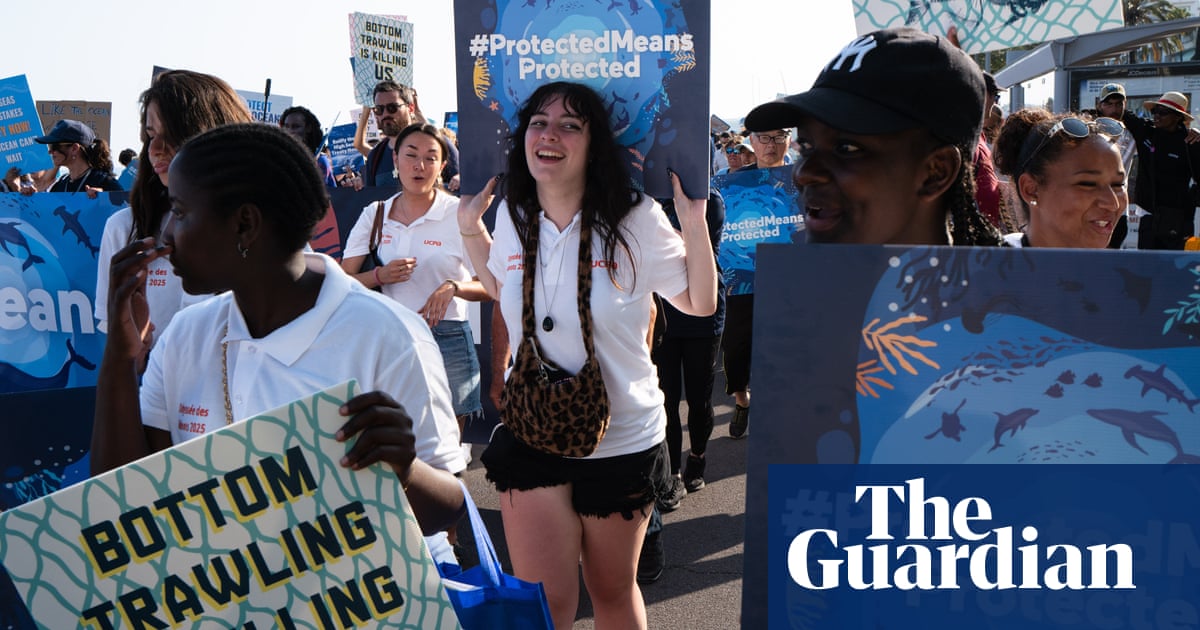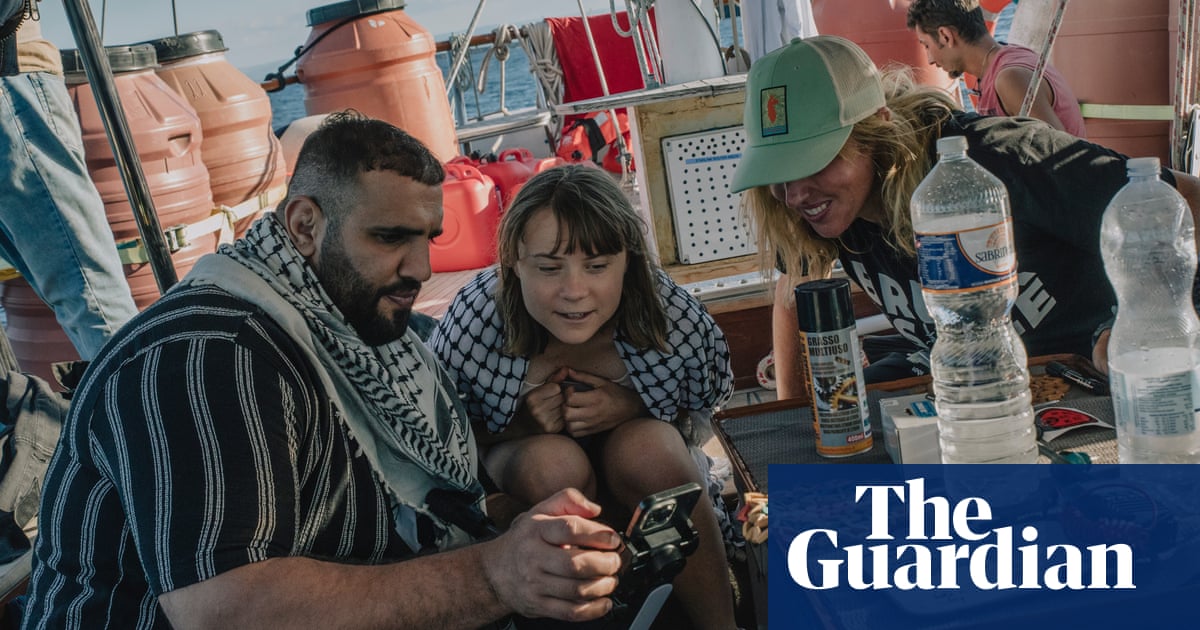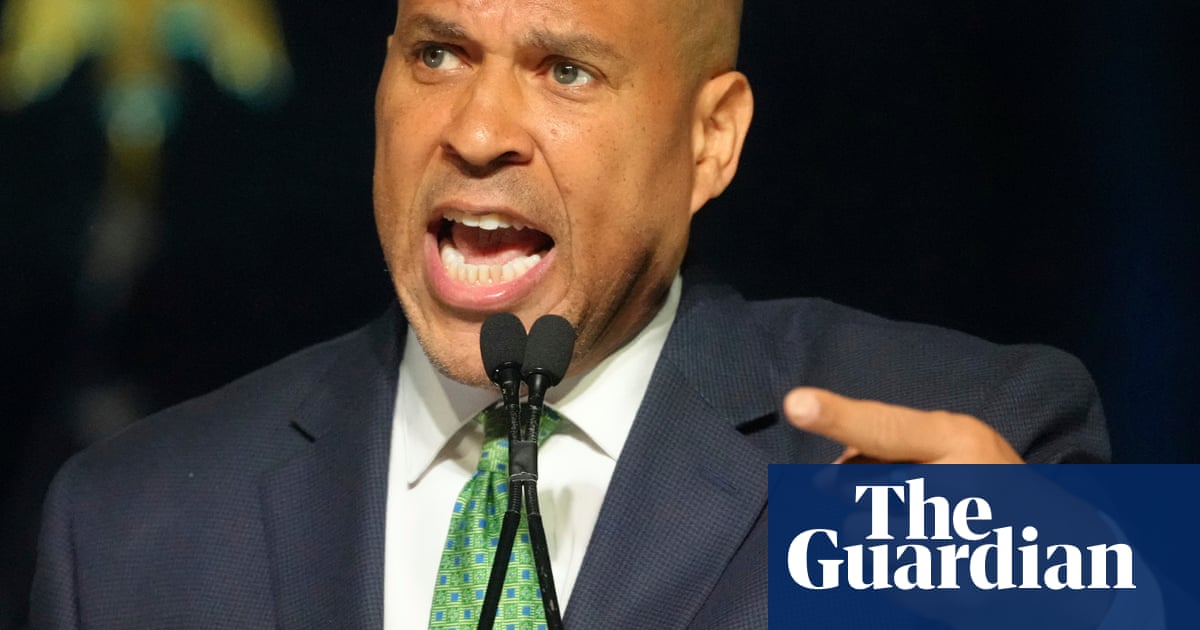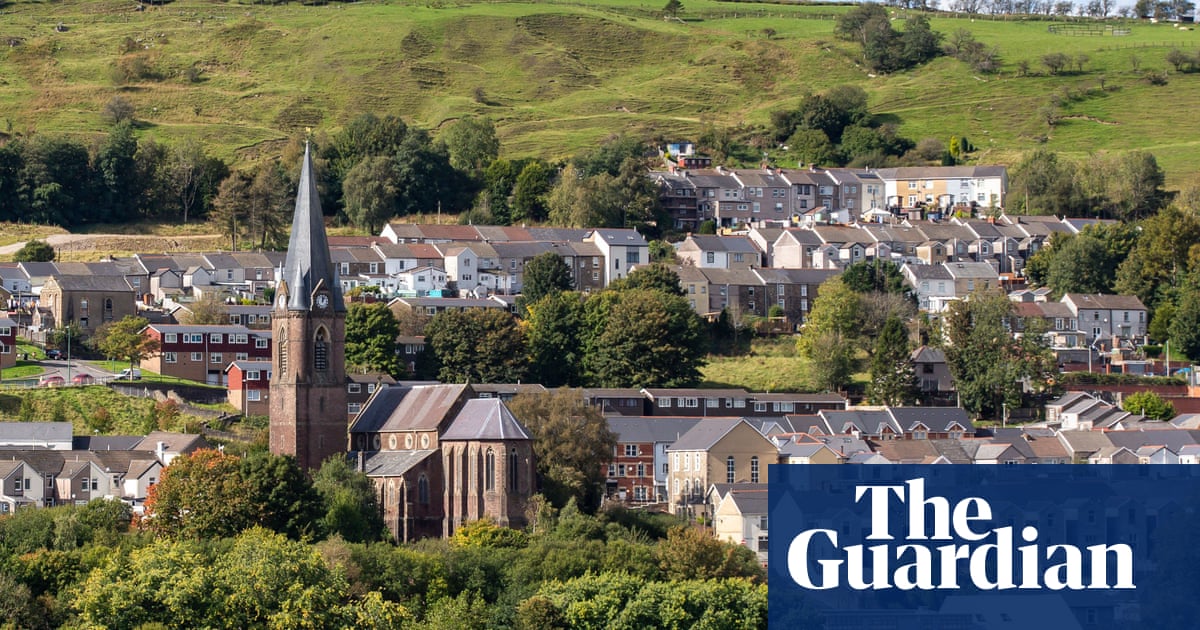As she walks away from the house where she raised her family, Isabel Surubí pauses to point at the bed of a stream, now covered with dry leaves, that once supplied her entire community. “The water used to come from here,” she says.
In 2024, wildfires in Bolivia burned more than 10m hectares (about 39,000 sq miles) of forest, farmland and savannah – an area greater than the size of Portugal. After the fires, and the drought that preceded them, the spring feeding Surubí’s village of Los Ángeles in Bolivia’s tropical dry forest ran dry.
Lacking water in their community, Surubí and her family were forced to move to the nearest big town, three hours away. “It hurts to leave everything behind,” she says.

Last year’s wildfires in Bolivia, from July to November, were the country’s largest to date, burning more than 10% of the country’s forest, according to a report by the environmental organisation Fundación Tierra.
Driven by slash-and-burn agricultural techniques employed by large-scale agroindustrial operations, these intentional blazes often spread out of control. The tropical dry forests in the country’s eastern Chiquitanía region were hit hardest.
Surubí and her family abandoned their village more than seven months ago, and fast-growing shrubs have quickly replaced the burned trees. Yet the social consequences for those affected by the fires continue to reverberate.

About 125 miles (200km) south-east of Los Ángeles, people in Santa Ana de Velasco are still scarred by the fires. Wilmar Cristian Gonzales Ortiz, a nurse at the local medical post, remembers visibility being down to a metre for days on end as thick smoke engulfed the town.
With limited support from volunteer firefighters, community members banded together to fight the fires around their homes and crops, exposing themselves to dangerous heat, smoke and ash. One patient almost had a heart attack from heatstroke and dehydration, remembers Gonzales Ortiz.
In the wider eastern region of Santa Cruz, more than 21,000 patients were treated for health problems due to wildfires between April and October last year, according to a local government report.

Gonzales Ortiz anticipates that the health effects of the fires will persist. In December, after the fires died out, he said he continued to see patients with eye and lung complaints. High concentrations of ash contaminating the water supply and causing gastrointestinal problems have led to “an epidemic” of people reporting pains in the stomach and elsewhere in the body, vomiting and diarrhoea.
Contamination of drinking water after wildfires is well documented, with Californians experiencing similar problems recently.
Gonzales Ortiz fears that the worst health problems – which might include lung cancer, collapsed lungs and increased susceptibility to infections in them, or skin cancer due to increased sun exposure with the loss of tree cover – have yet to come. “We are not going to see the effects now or tomorrow,” he says. “We will see them in five or six years when adults’ lungs start to collapse.”
Jhonny Monje, medical director of the Cesar Banzer municipal hospital in nearby Concepción, agrees that many health complications will be delayed years before appearing in patients. Lung problems can also lead to a cascade of illnesses in other organs. Damaged lungs “force the heart to work harder”, he says, warning that ash and contamination function “like any foreign agent” by “altering the gastrointestinal metabolism”.
Research has found that breathing smoke and other fine particulate matter released by wildfires can be deadly. A 2024 study in the journal Science Advances found that at least 52,000 premature deaths over 10 years in California were due to exposure to wildfire smoke. Studies have also linked long-term wildfire smoke exposure to dementia and Alzheimer’s disease.
after newsletter promotion

Beyond acute health conditions, communities also struggle with access to nutritious food due to wildfires and other environmental changes driven by the climate crisis.
Verónica Surubí Pesoa, a city councillor in San Javier, says drought and an unseasonal frost affected crops in August, while fires continued to burn. As a result, much of the cassava crop, a staple in the region, was lost. It was “work in vain” for many farmers, she says.
With growing challenges in producing food locally, buying imported products is the only option for many in the community. Many people who used to live off the small plots of land they cultivated have had to find jobs on large farms and ranches, which typically pay less than $10 (£8) a day.
Food costs were already high due to the country’s petrol and diesel shortage and a devaluing currency. “They need to buy food, so they need to work, but the salaries are not going up,” says Rosa Pachurí, an activist who heads the Regional Organization of Indigenous Chiquitano Women (Ormich). “In some communities, they’re only eating once a day.”

The Bolivian government declared the wildfires a national disaster and banned agricultural burning. However, the move was criticised for its effects on smallholders, who depend on burning to plant crops, while largely corporate soya farms and cattle ranches are able to use fire to clear swathes of land with little government oversight.
While schools in large cities moved to online learning when the smoke was at its worst, reducing hours and cancelling classes were more common in rural areas.
In Santa Ana de Velasco, classes were suspended during the worst of the fires and later reduced to three hours a day. Though pupils and teachers were supposed to wear masks, “it was so hot that they couldn’t handle it”, says Mónica Pará Parabá, a community leader and mother of two young children. Both of her sons contracted eye infections caused by the smoke.

Though some teachers say pupils have made up for lost time, Surubí Pesoa is less optimistic. “I think it’s just lost learning,” the councillor says.
Isabel Surubí, who had to leave home after her community’s spring dried up, says women’s responsibilities “tripled” during the wildfires. “We don’t just have to cook; we also play the role of doctor, of psychologist for our kids,” she says, as well as walking long distances to collect water for their families and to battle wildfires.

The unequal burden on women has continued since the fires. With the climate crisis forcing more men to migrate to find work, women often stay at home with their families. “Whether it’s health, education, tending crops [and] animals, the women are in charge of everything,” says Pachurí.
According to women in Chiquitano Indigenous communities, sexual violence towards women and girls also increased during the wildfires. Pachurí believes some men took advantage of so many people fighting fires, leaving women and young children alone at home.
As many women have not filed complaints to the authorities for fear of retribution, reliable data about the increase in assaults is not available. Ormich is now studying this trend to understand it better.
Surubí and her family hope one day to move back to Los Ángeles. But she fears it will be impossible if the spring that once fed the community does not return. For her, the fires’ worst effects began once the flames were extinguished. “If we aren’t killed by fire,” she says, “we’ll be killed by hunger.”

 3 months ago
86
3 months ago
86

